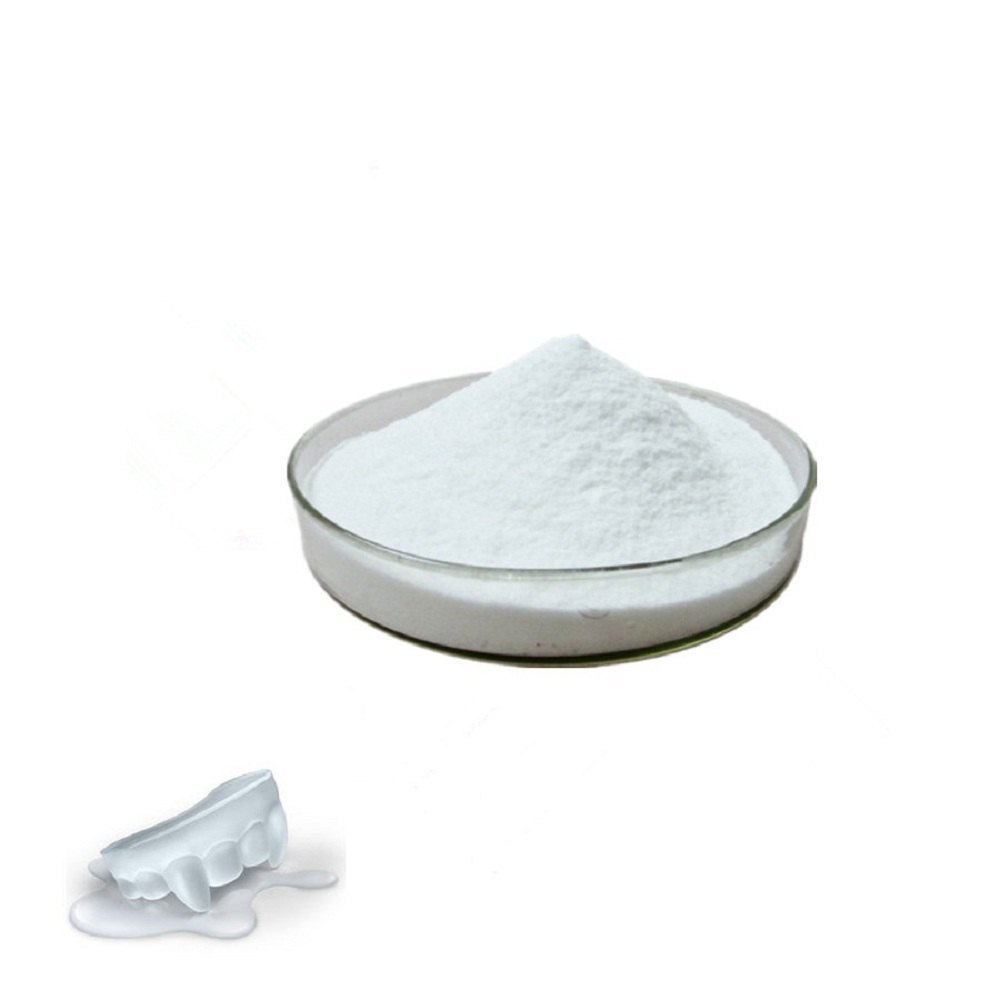Hydroxyapatite (HA) Powder
Formula | Ca5(PO4)3(OH), Ca10(PO4)6(OH)2 |
Synonyms | Hydroxyapatite |
Appearance | Hydroxyapatite Micro Powder, Hydroxyapatite nano Powder |
Particle Size | Customize |
Melting Point | 1100℃ |
Density | 3-3.2 g/cm³ at 25°C |
Purity | 99.5% 2N5 (trace metals basis) |
CAS Number | 1306-06-5 |
Description of Hydroxyapatite (HA) powder
Hydroxyapatite (HA) powder, a calcium phosphate compound (Ca₁₀(PO₄)₆(OH)₂), is widely used in biomedical applications due to its biocompatibility and similarity to human bone mineral. Bulk hydroxyapatite powder is commonly used for bone grafts, dental implants, and as a coating for orthopedic implants to promote bone integration. Additionally, HA powder is utilized in chromatography for protein purification and in various research and development applications within the medical and materials science fields
Hydroxyapatite (HA) powder, available for sale in the USA, is offered in food grade, nano particle, and micro size forms. We provide a wide range of products including ceramic plates, rods, pellets, crucibles, sputtering targets, and custom shapes. Our extensive manufacturing expertise ensures reliable, tailored solutions to effectively support your projects.
Applications
- Bone Grafts: Promotes bone growth and integration in orthopedic and dental applications.
- Dental Implants: Enhances the bonding of implants with the jawbone.
- Coatings: Applied to orthopedic implants to improve biocompatibility and support bone healing.
- Protein Purification: Utilized in chromatography for separating proteins.
- Research: Employed in materials science and biomedical research for developing and testing new treatments.
Hydroxyapatite (HA) Powder Reference
Hydrothermal synthesis of hydroxyapatite powders using Response Surface Methodology (RSM)
- Hydroxyapatite (HAp)—[Ca10 (PO4)6(OH) 2] has a similar chemical composition to bone material, making it the main mineral supplement in bone-making. Due to its high biocompatibility, hydroxyapatite is widely used in the repair of bone deficiencies and in the production of dental or orthopedic implants.
In comparison to hydroxyapatite, nano-hydroxyapatite (n-HAP) has higher solubility, surface energy and bioactivity and its structure is similar to dental apatite. Recent reports claim that Nano-HAP can be used as a remineralizing agent.
Micro-hydroxyapatite particles are at least 1,000 larger than nano-hydroxyapatite particles. They are less effective in treating dental erosion/damage because they do not interact/bind as well with the cells and surfaces in your oral microbiome. While nano-hydroxyapatite is more effective than micro hydroxyapatite.
Though it is safe for ingestion, of course we do not recommend eating it! We do recommend flossing before brushing with a toothpaste that contains hydroxyapatite so that the active ingredients can penetrate your teeth’s surface properly after the biofilm between the teeth has been removed.

